
Marina Apollonio, Spazio Ad Attivazione Cinetica 6B, 1966/2015 Museo del Barrio, NY, Courtesy Photo: Lauren Glazer, © Marina Apollonio
In our blog series “Summer in the Museum”, our Dorotheum cooperation partners present exciting exhibitions.
Eva Badura-Triska, curator of the exhibition “Vertigo”, gives us an insight into the theme of the mumok show and her personal experience with the psychological and physical effects of Op Art.
VERTIGO
Op Art and a History of Deception 1520-1970
by Eva Badura-Triska
It was exciting to curate Vertigo. The starting point was my interest in artistic phenomena that expose not only the senses, but even the entire body to such extreme experiences that reflection is not possible at the moment of reception, but can only begin afterwards.
Playing with the illusion of the senses
Such is the case, for example, with Viennese Actionism, with which I, as a mumok curator, have long dealt. The works of Op Art have a similar effect, although in a different form. The creations of this abstract art, which entered the scene in the mid-1950s, somewhat earlier than Actionism, also provoke sensual experiences that can be so strong that they affect the body.
In addition, they deceive our senses, which leads to uncertainty and generates an awareness of the shortcomings and limitations of our possibilities of perception and cognition.
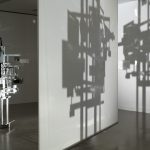
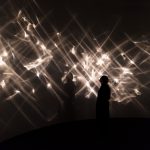


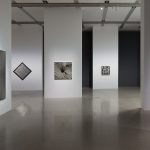
Vertigo as a concept
It was a happy coincidence that I told the artist Markus Wörgötter about my plans. He, too, was fascinated by the subject matter, as he had observed, above all through historical works, that the depiction of states of excitement can have not only psychological, but also physical effects on the viewer.
I invited him to develop the project together and he quickly suggested that Op Art of the 1950s and 1960s should be confronted with works by old masters. Our concept was born. We borrowed the title of the exhibition from Alfred Hitchcock’s famous film, made in 1958, at the same time as Op Art. Here, vertigo is thematized in the double meaning of the German word that we also locate in Op Art: a physical phenomenon combines with a deception, i.e. being put down, in the cognitive sense.
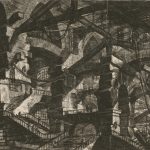
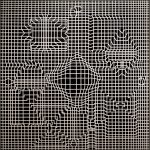
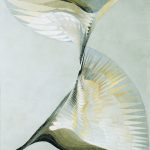
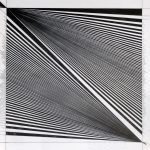

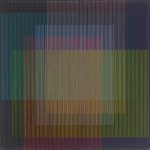
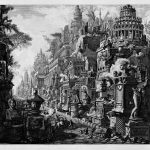
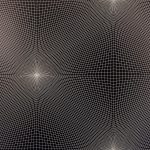
Op Art has long been wrongly dismissed as superficial and sensational. Markus and I have therefore been able to discover numerous representatives who have not yet received the attention they deserve. That was exciting. At the same time, we were amazed at how difficult it was to get the desired loans and how high the insurance values of these artists are already. We staged our finds as a labyrinthine puzzle of the senses, sometimes more and sometimes less dizzying.
The audience seems to appreciate it, at least it comes in pleasing quantities.
Eva Badura-Triska, curator mumok
INFORMATION
Vertigo
Op Art and a History of Deception 1520-1970
25th of May until the 26th of October 2019
Location: Museumsplatz 1, A-1070 Vienna
museum moderner kunst stiftung ludwig wien











